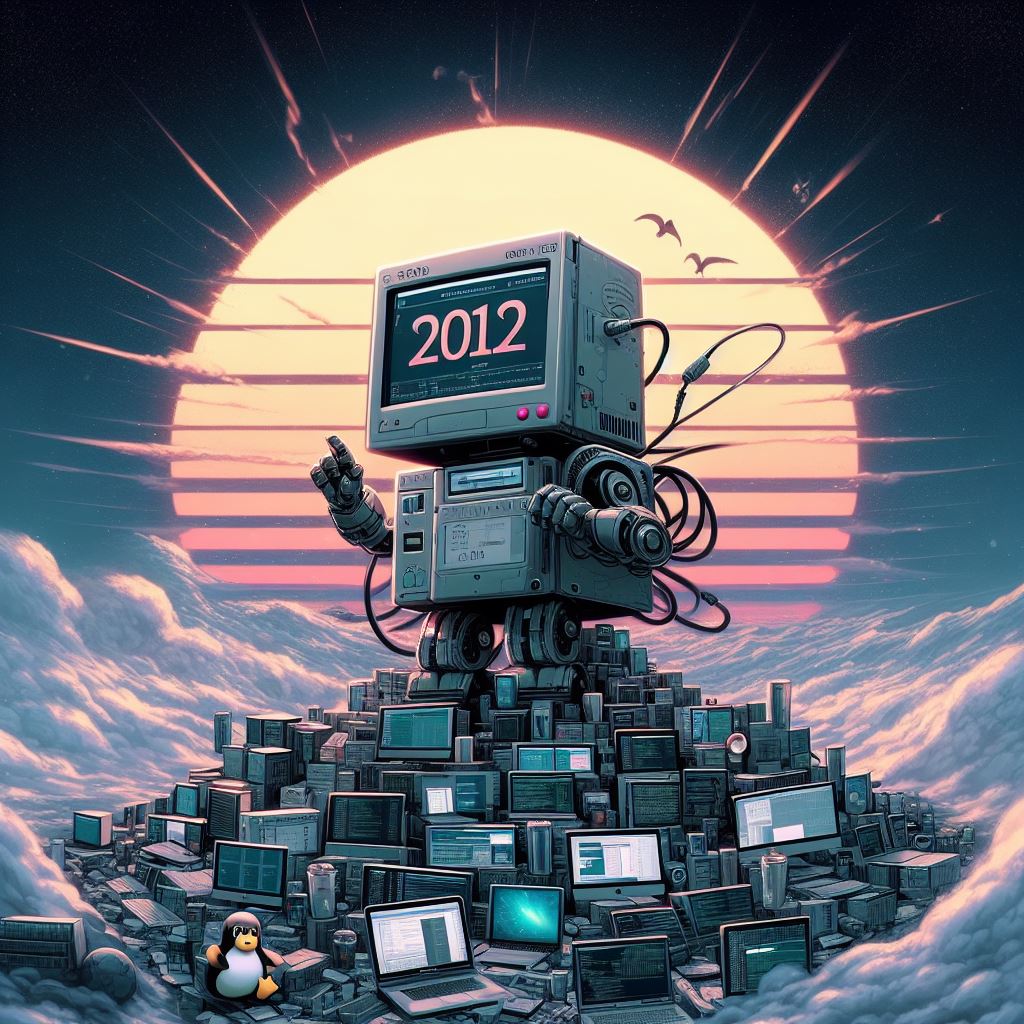When Valve announced and then released their Steam Deck in 2022, it was a bit of a surprise; everyone outside of Nintendo has tried and mostly failed to make something of portable gaming1. Its design was bulky and heavy in comparison to the Switch, with noisy fans and questionable battery life. Underneath the covers, the Deck ran SteamOS, a Linux distro that Valve based on Arch Linux to run their Steam client while emulating Windows enough to play games. And, despite all these compromises, the Steam Deck was quite successful as a piece of hardware, so much so that they updated the device with an OLED screen while making incremental improvements on the aforementioned cooling fans and batteries.
I resisted getting the original Steam Deck. But then, my PC died…just as they revealed the Steam Deck OLED Limited Edition.
From a hardware standpoint, the Steam Deck is somewhere between a portable console and a gaming laptop. I can recognize the evolution of the control scheme from the Steam Controller almost a decade ago, and Steam Link capabilities available as well, allowing the Deck to stream games from a PC2. The OLED screen is beautiful, and even though there aren’t that many games that support HDR, I feel almost compelled to replay the handful of titles—namely, the Ori games—that leverage the added contrast.
It’s the software, though, that is impressive. When the Steam Deck originally launched, its major accomplishment was its ability to run Windows-native games, primarily by using a tool called Proton. Specifically, it’s a compatibility layer that builds on top of the Wine emulator, which has a 3-decade-long history of translating Windows API calls into POSIX API calls under the hood. With all of Windows’ quirks—its own cruft from 30+ years of history since the Windows 95/98 days—plus the Intel x86 architecture underneath, it’s pretty amazing that Proton abstracts most of it away so that a Linux-derived OS runs the code at speeds comparable to native execution. Even subtle tweaks like dropping in a DLL to change GPU utilization work as expected.
That said, the Steam Deck didn’t get to this level of refinement on launch day. SteamOS itself was initially released in 2013, but Steam Deck’s release accelerated the cadence of releases and fixes at both the operating system and Proton compatibility levels. Linux is known to be skimpy with its hardware device drivers, so it probably helps that Valve is controlling its hardware supply chain much like other console manufacturers, while they partner closely with component suppliers to keep their drivers up to date.
This potent combination of dedicated hardware, mature manufacturing, consistent firmware support, and an established user base with a killer app in Steam, may finally bring about the apocalyptic Year of the Linux DesktopConsole. Servers have long preferred Linux over Windows from an efficiency, architecture, and openness standpoint; what had always stopped adoption was the dearth of user-friendly interfaces, along with needing the technical knowhow when you did run into trouble3. It’s telling that Steam Deck’s popularity has prompted other PC manufacturers to put out their variations on portable gaming devices, but these other systems make substantial tradeoffs in portability, battery life, user-friendliness via an unfinished Windows 11, or simply their prices and specs.
Valve’s Steam Deck has taken a unique path to come into being. It’s not quite the same as a traditional console like a PlayStation or Switch; there’s no roadmap of major first-party games4that drives revenues. It’s not a mobile-, Android-derived gaming platform; the goal isn’t to sell hardware at increasing profit margins. The closest analog is something like…Microsoft Surface laptops; quality hardware is used to engage in more platform-level usage, which is then monetized on the backend via licensing fees. The business model lets Valve invest the time and effort into this that other players in the industry cannot, which bodes well for—uh, more years of Linuxes.
Phone gaming notwithstanding.↩
Along with PS5 streaming via an app called Chiaki4Deck, which kinda makes the recently launched PlayStation Portal obsolete.↩
macOS, built on top of FreeBSD, is arguably a distant cousin that has lived Year of the Linux-derived Desktop for 2 decades straight.↩
Though the one game that the Deck launched with, the Aperture Desk Job, follows the grand tradition of shipping a free tech demo disguised as a game.↩




